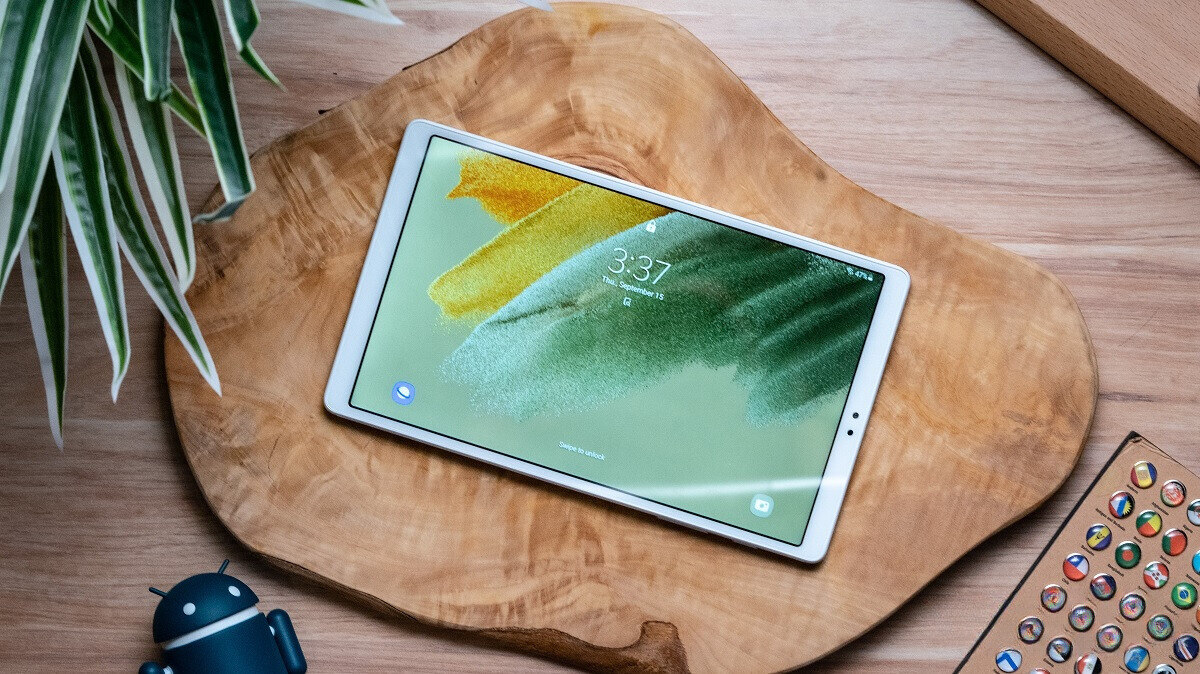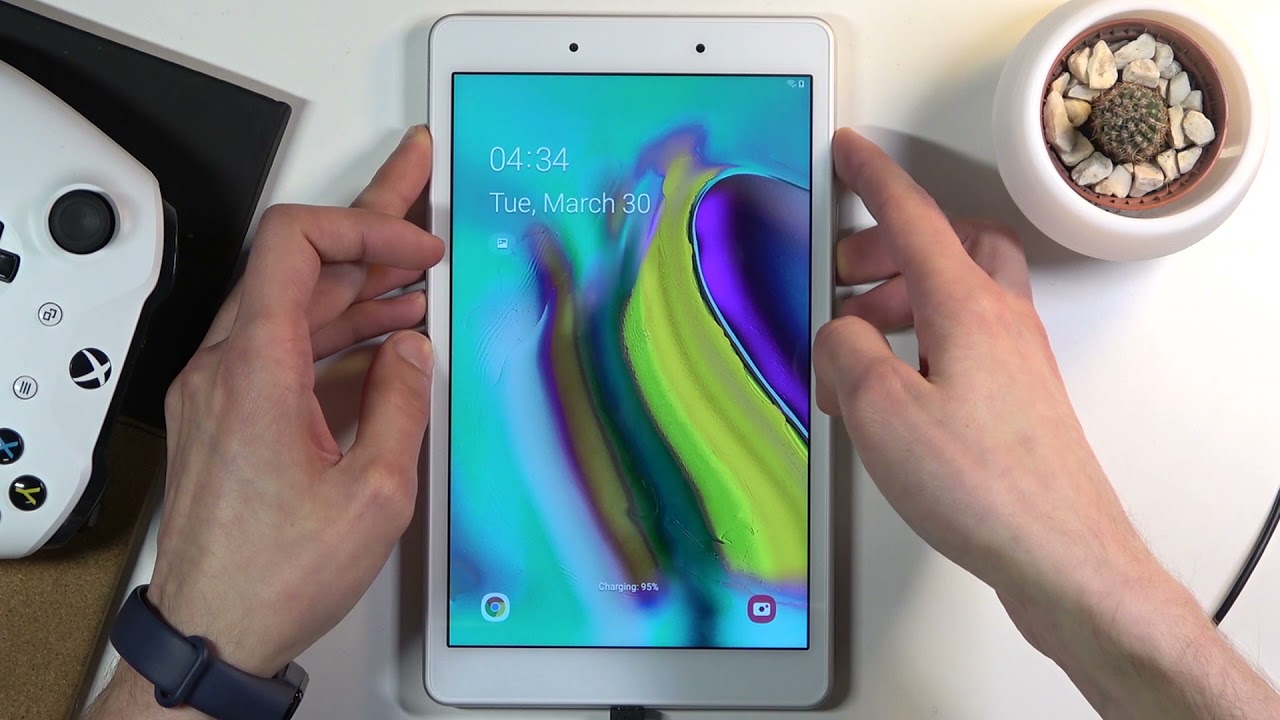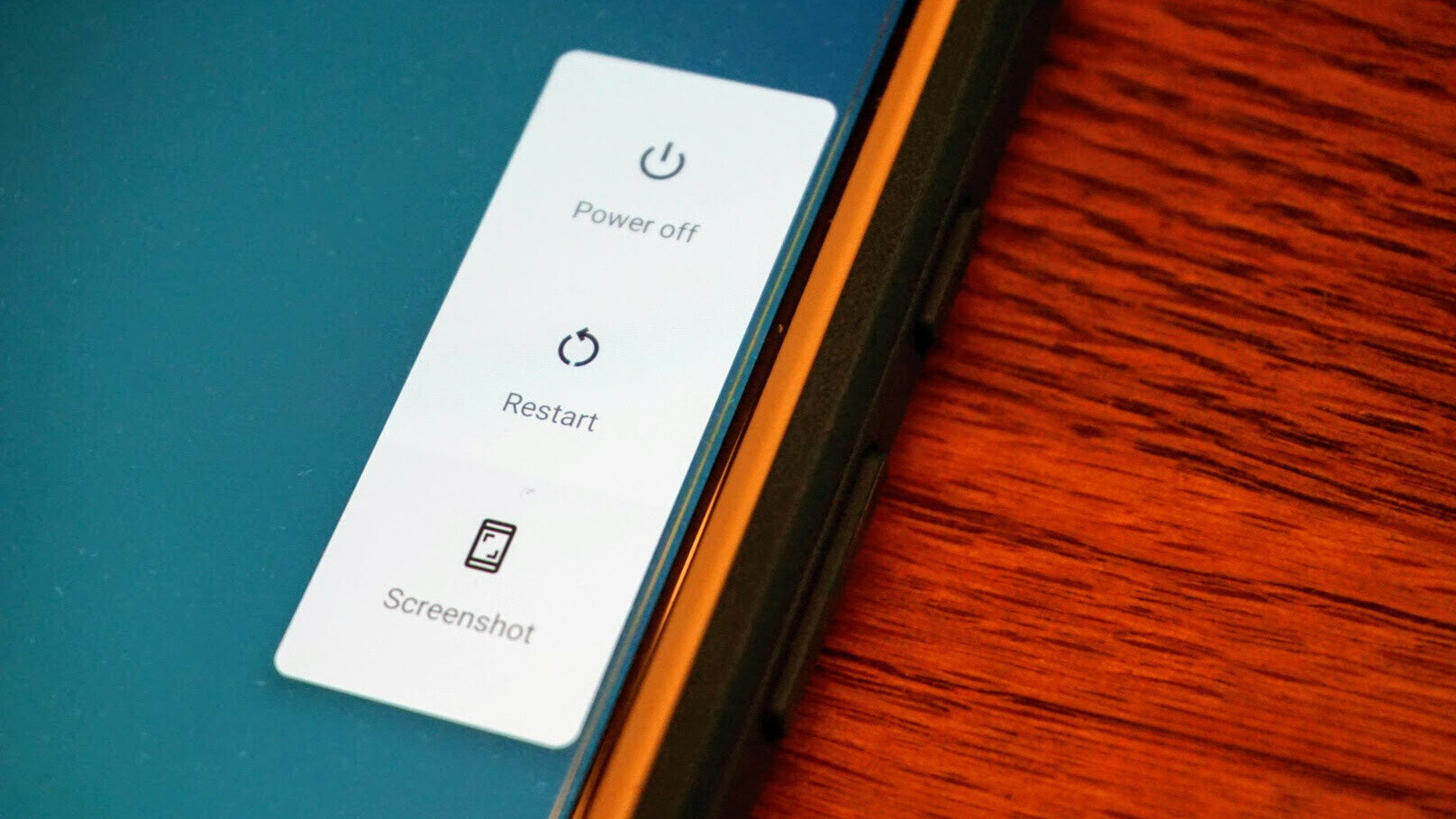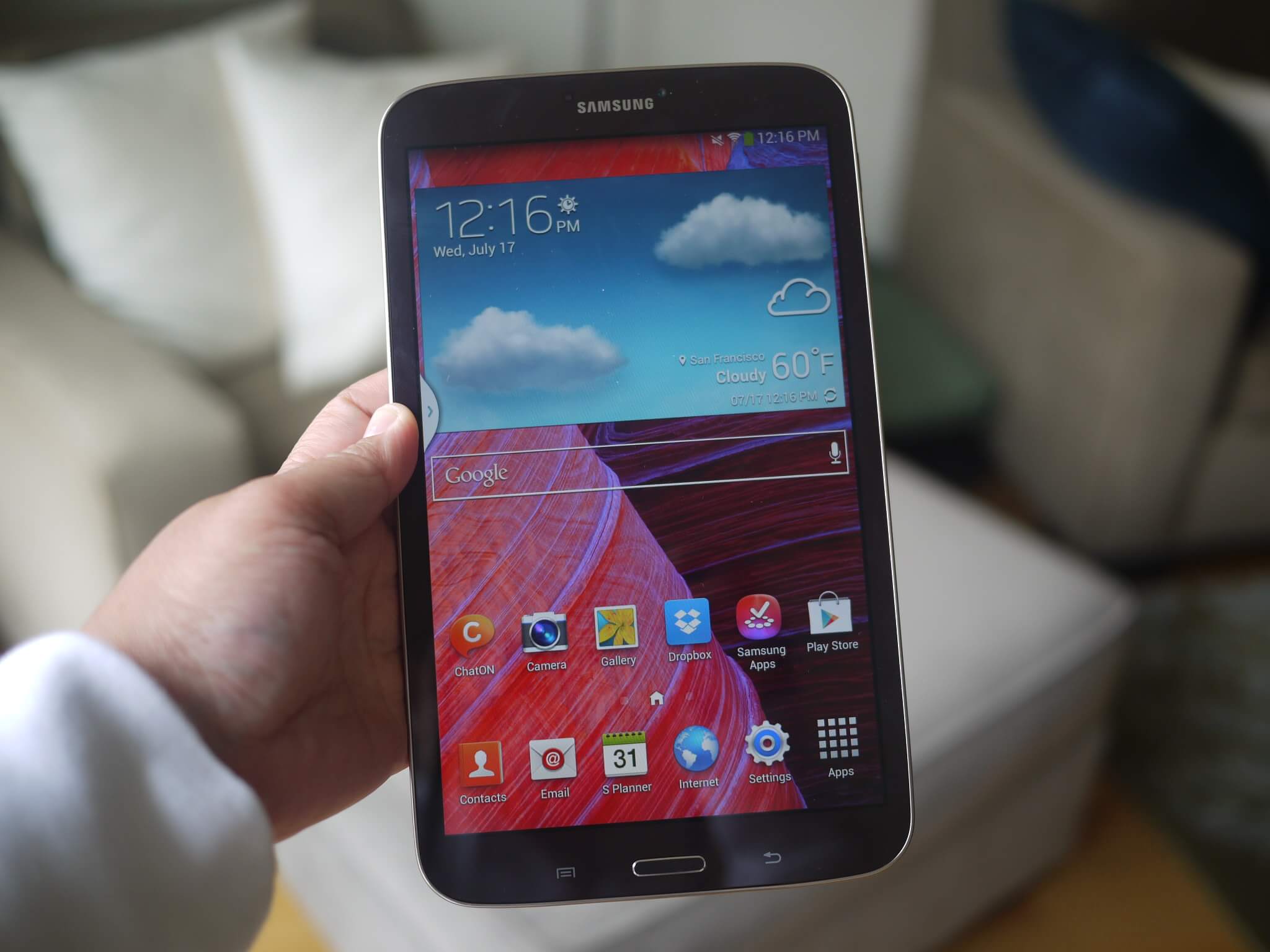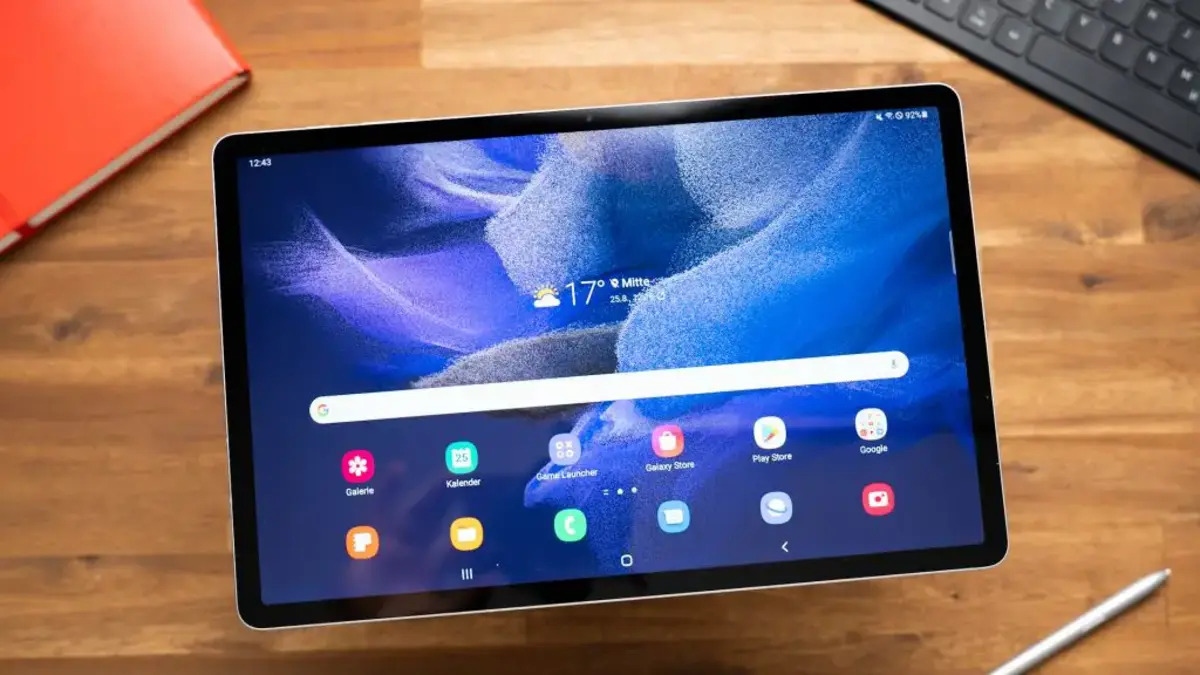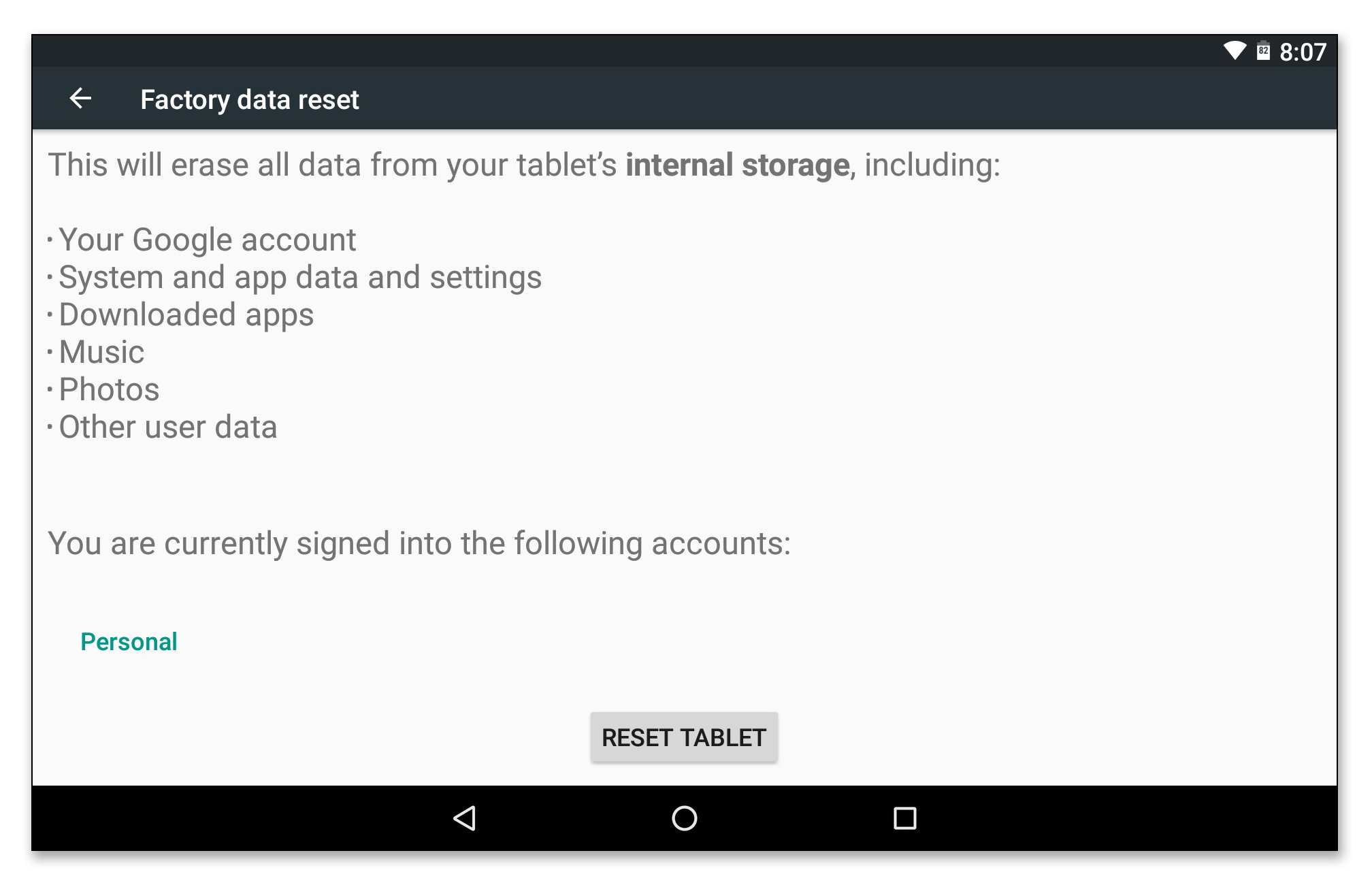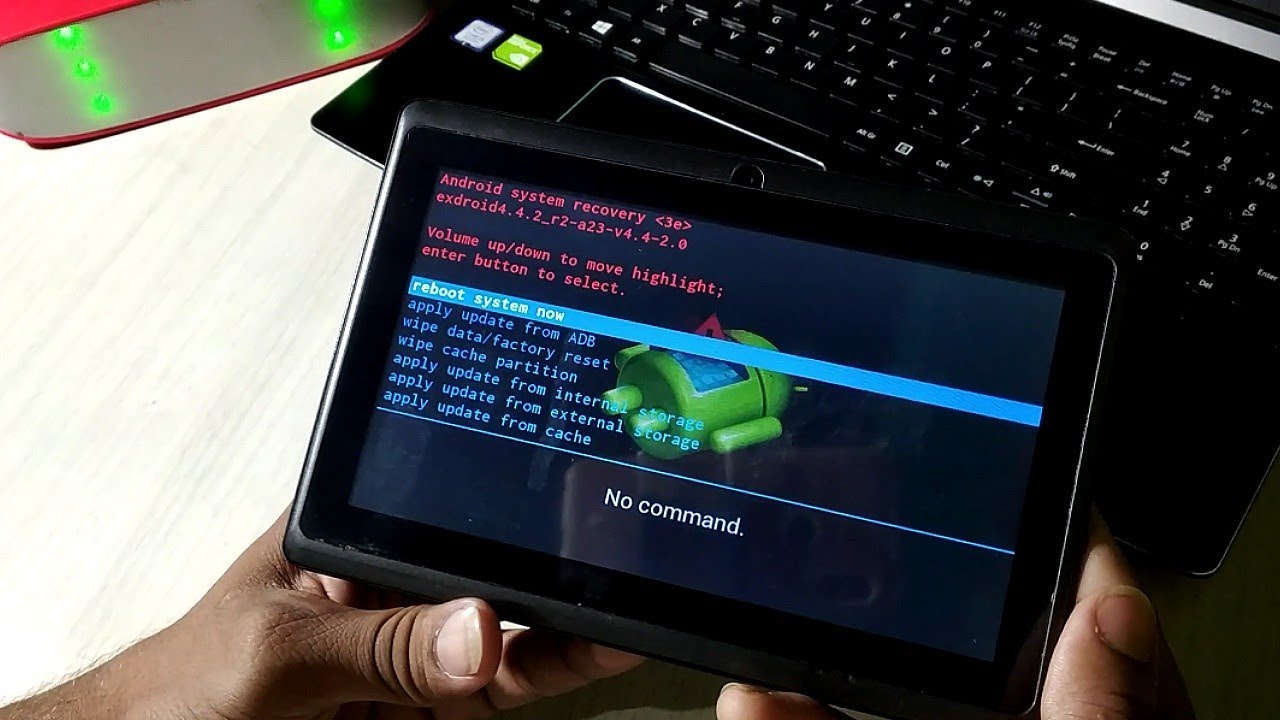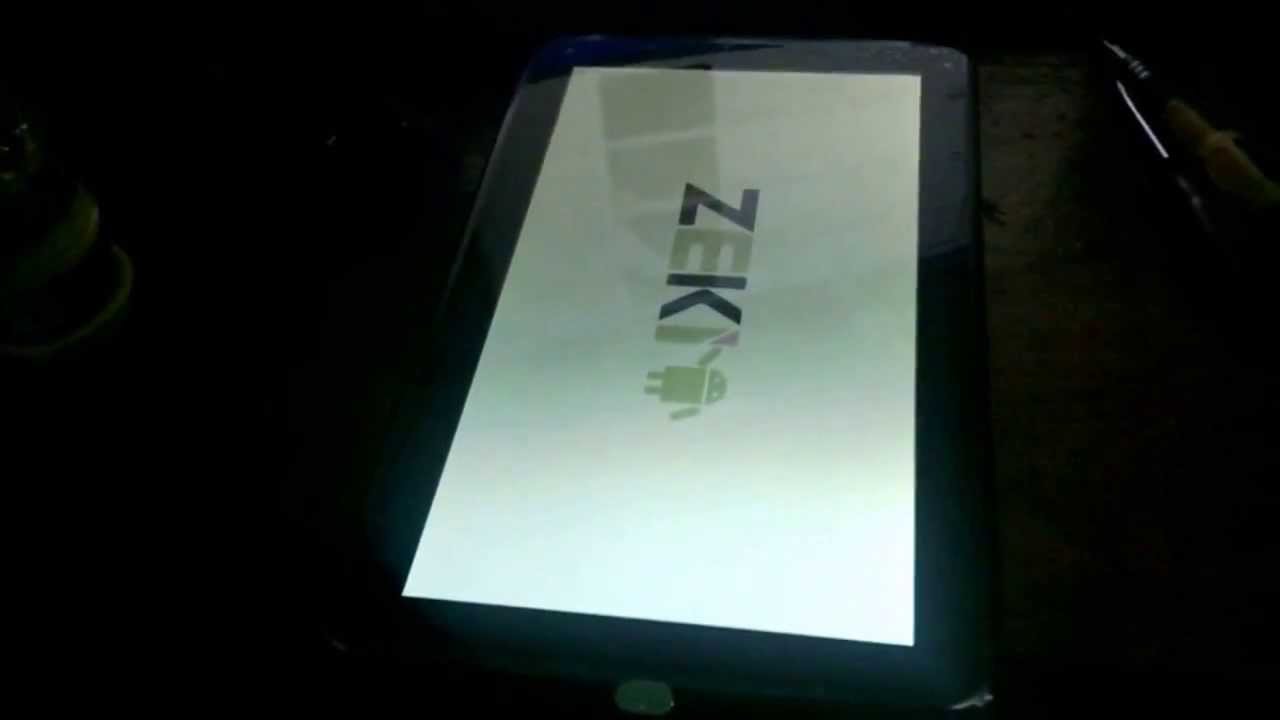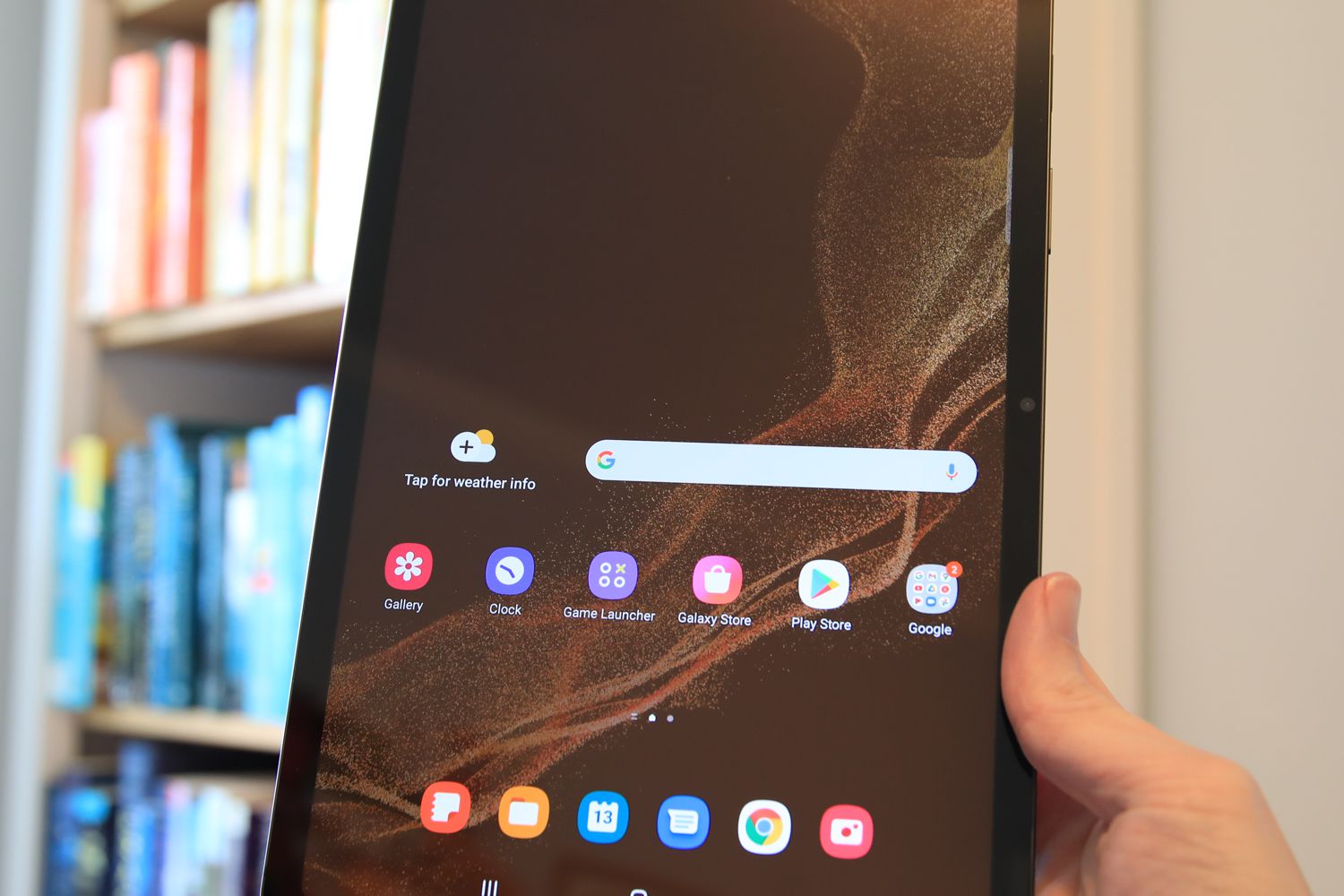Introduction
An Android tablet can be a powerful and versatile device, but there may come a time when you need to reset it. Whether you’re experiencing performance issues, encountering software glitches, or simply want to start fresh, a reset can help resolve many common problems. In this article, we will explore the different methods you can use to reset an Android tablet.
Resetting your tablet can be a valuable troubleshooting tool, allowing you to restore your device to its original factory settings and resolve issues that may have arisen over time. It’s important to note that resetting your tablet will erase all data and settings, so it’s essential to back up any important files beforehand.
In the following sections, we will guide you through the process of resetting your Android tablet using the system settings and the recovery mode. We will also cover what to do if you have forgotten the screen lock pattern or password. By the end of this article, you’ll have a comprehensive understanding of how to reset your Android tablet and be prepared to tackle any related challenges.
Why would you need to reset an Android tablet?
There are several reasons why you may need to reset your Android tablet. Let’s explore some of the common scenarios that may warrant a reset:
- Performance issues: Over time, your tablet’s performance may start to decline. Apps may take longer to load, the device may freeze or lag, or you may notice a decrease in battery life. Resetting your tablet can help eliminate these performance issues and restore it to its optimal state.
- Software glitches: Occasionally, your tablet’s software may encounter glitches or bugs that can cause various problems. These issues can range from apps crashing unexpectedly to the tablet becoming unresponsive. Resetting your tablet can help resolve these software-related issues and provide a fresh start for your device.
- Preparing for resale: If you plan to sell or give away your tablet, resetting it to factory settings is essential to protect your privacy. By performing a reset, you can ensure that all your personal data, accounts, and settings are removed from the device.
- Forgotten screen lock pattern or password: If you have forgotten the screen lock pattern or password for your tablet, a reset is often the only solution to regain access to your device. However, keep in mind that this will erase all your data, so it’s crucial to back up any important files before proceeding.
Regardless of the reason, a reset can be a valuable tool to troubleshoot and resolve issues with your Android tablet. However, it’s important to tread with caution and ensure you’ve backed up any important data before proceeding with the reset process.
Back up your data
Before embarking on the process of resetting your Android tablet, it is crucial to back up all your important data. A reset will erase all data and settings on your device, so taking the time to create a backup will ensure that you don’t lose any valuable information. Here’s how you can back up your data:
- Cloud Backup: One of the most convenient ways to back up your data is by using cloud services, such as Google Drive or Dropbox. These platforms allow you to store files, photos, and other data securely in the cloud. Install the respective app on your tablet and follow the instructions to upload and sync your important files.
- External Storage Device: If you prefer a physical backup, you can connect your tablet to a computer using a USB cable and transfer your files to an external storage device such as an external hard drive or a USB flash drive.
- Sync Accounts: Ensure that your important data, such as contacts, calendar events, and notes, are synced with your Google or other accounts. This will ensure that the data is backed up and can be easily restored after the reset.
- App Data: Some apps have built-in backup options that allow you to save application data, preferences, and settings. Check within the app’s settings to see if there is an option to create a backup. If available, enable this feature to preserve your app data.
- Media Files: Manually transfer your photos, videos, music, and other media files to your computer or external storage device. Alternatively, you can use file transfer apps to simplify the process of transferring files wirelessly between your tablet and computer.
Remember to double-check and ensure that all your data has been successfully backed up before proceeding with the reset. Taking the time to back up your data will provide you with peace of mind knowing that your valuable information is safe and accessible even after the reset process.
Factory reset through the system settings
One of the simplest ways to reset your Android tablet is through the system settings. Here’s how you can perform a factory reset using this method:
- Open the Settings app on your tablet. You can usually find it in the app drawer or by swiping down from the top of the screen and selecting the gear icon. The icon may vary depending on the manufacturer and Android version.
- Scroll down and tap on “System” or “System & updates.” This option may have a slightly different name depending on your tablet’s manufacturer.
- Look for the “Reset” or “Reset options” menu and tap on it.
- Choose the “Erase all data (factory reset)” or similar option. You may be prompted to enter your screen lock pattern, PIN, or password to proceed.
- Review the information regarding data loss and tap on “Reset” or “Erase all data” to confirm.
- Wait for the reset process to complete. Your tablet will restart and begin the setup process as if it were brand new.
Note that the wording and exact steps may slightly vary depending on the version of Android and the device manufacturer. It’s always a good idea to refer to your device’s user manual or the manufacturer’s website for precise instructions.
Performing a factory reset through the system settings is a straightforward method, and it allows you to easily access the reset option without any additional tools. However, keep in mind that this method requires you to have access to your tablet and navigate its system settings.
Factory reset using the recovery mode
If you are unable to access the system settings on your Android tablet, or if your tablet is experiencing serious software issues, you can use the recovery mode to perform a factory reset. Here’s how you can do it:
- Ensure that your tablet is powered off.
- Press and hold the volume up button and the power button simultaneously. Keep holding both buttons until the device logo appears on the screen. This will typically boot your tablet into the recovery mode.
- Use the volume buttons to navigate through the available options. Look for an option that says “Wipe data/factory reset” or something similar. Select this option by pressing the power button.
- Confirm your selection by choosing “Yes – delete all user data” or a similar option.
- Wait for the reset process to complete. Once finished, you can select the “Reboot system now” option to restart your tablet.
The exact steps to access the recovery mode may vary depending on the tablet’s manufacturer. If the above steps do not work for your device, you can consult the user manual or visit the manufacturer’s website for specific instructions.
Using the recovery mode to perform a factory reset allows for a more direct approach, as it bypasses the need to navigate the tablet’s system settings. However, it is important to exercise caution and only use the recovery mode when necessary, as it is a powerful tool that can erase all user data on your tablet.
Resetting a locked Android tablet
If you have forgotten the screen lock pattern or password for your Android tablet and are unable to access the device, there are still ways to reset it. Here are a few methods you can try:
- Google Account: If your Android tablet is associated with a Google account, you can use the “Forgot pattern” or “Forgot password” option on the lock screen. Tap on this option and enter your Google account credentials to unlock your tablet. Note that this method requires an active internet connection on your tablet.
- Find My Device: If you have enabled the “Find My Device” feature on your tablet, you can use it to remotely reset the device. Visit the Find My Device website on a computer or another mobile device, sign in with the same Google account connected to your tablet, and select your device. From there, you can choose the “Erase” option to perform a factory reset.
- Hardware Buttons: In some cases, you can reset a locked Android tablet by using a combination of hardware buttons. The exact buttons and sequence may vary depending on the tablet’s manufacturer, so it’s advisable to refer to the device’s user manual or the manufacturer’s website for specific instructions.
- Reset with Computer: If none of the above options work, you can try using specialized software on a computer to reset your locked Android tablet. There are various third-party tools available that can help you bypass the lock screen and perform a reset. It’s important to proceed cautiously and ensure that you download software from reputable sources.
Resetting a locked Android tablet may require some trial and error, depending on the specific situation and device. It’s important to remember that these methods may result in a loss of data, so it’s crucial to have a backup of your important files and information.
If you are unable to reset your locked Android tablet using any of the above methods, it may be best to contact the tablet’s manufacturer or seek assistance from a professional for further guidance and support.
What to do after resetting your Android tablet
After performing a factory reset on your Android tablet, there are a few important steps you should take to ensure a smooth transition and maximize the device’s functionality. Here’s what to do:
- Set up your tablet: Follow the on-screen prompts to set up your Android tablet after the reset. This includes selecting your preferred language, connecting to Wi-Fi, and signing in with your Google account. Ensure that you have a stable internet connection to facilitate the setup process.
- Restore your data: If you made a backup before resetting your tablet, now is the time to restore your important data. You can use cloud services, external storage devices, or sync accounts to retrieve your files, contacts, calendars, and other data. Follow the appropriate steps for the backup method you utilized.
- Reinstall apps: Once you have restored your data, reinstall the apps you need from the Google Play Store or other trusted sources. You can either search for the apps individually or use the “My Apps & Games” section in the Play Store to quickly reinstall previously downloaded apps.
- Update your software: After resetting your Android tablet, it’s essential to check for any available software updates. Keeping your device up to date ensures that you have the latest security patches, bug fixes, and new features. Go to the Settings app, navigate to the “System” or “About tablet” section, and look for the “Software update” or “System update” option.
- Reconfigure settings and preferences: As you start using your tablet again, take the time to personalize the settings and preferences to your liking. This includes adjusting display settings, notification preferences, account settings, and more.
- Stay organized and secure: As you reintegrate your Android tablet into your daily routine, it’s a good opportunity to organize your apps, files, and folders. Create folders, rearrange icons, and delete any unnecessary files or apps. Additionally, consider enabling security features such as biometric authentication or a strong screen lock option to protect your tablet.
By following these steps, you can ensure that your Android tablet is set up correctly, your data is restored, and you have the latest software updates installed. Taking the time to configure your settings and stay organized will enhance your overall tablet experience and help you make the most of your device’s capabilities.
Conclusion
Resetting an Android tablet can be a useful troubleshooting tool and a way to start fresh if you encounter performance issues, software glitches, or forgot the screen lock pattern or password. Whether you choose to reset through the system settings or the recovery mode, it’s important to back up your data beforehand to avoid any potential loss.
Performing a factory reset through the system settings is the simplest method, while using the recovery mode can be helpful when you’re unable to access the settings. In cases of a locked tablet, options like using your Google account, Find My Device, hardware buttons, or specialized software can help you regain access and perform a reset.
After resetting your Android tablet, take the necessary steps to set up your device, restore your data, reinstall apps, update software, and configure settings and preferences. This will ensure that your tablet is personalized to your liking, up to date, and organized.
Remember, resetting your Android tablet is a powerful action that should only be used when necessary. Always exercise caution, follow the manufacturer’s instructions, and back up your data beforehand to avoid any unintended consequences.
By understanding how to reset an Android tablet and taking the appropriate measures, you can resolve issues, improve performance, and enjoy a fresh start with your device.







